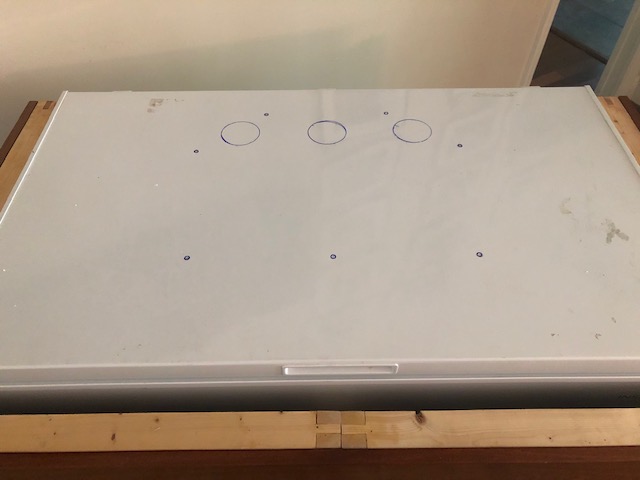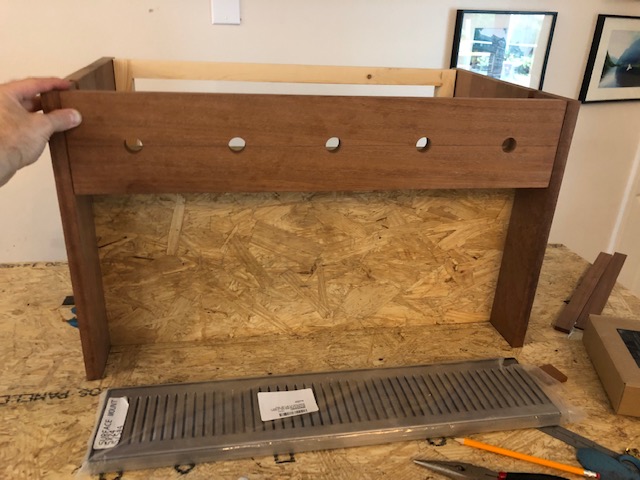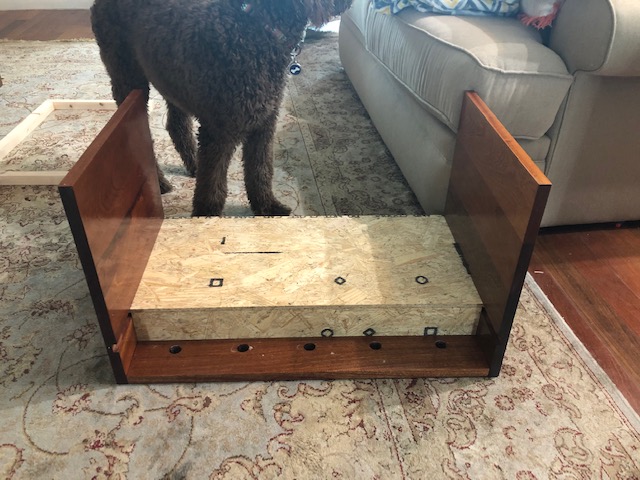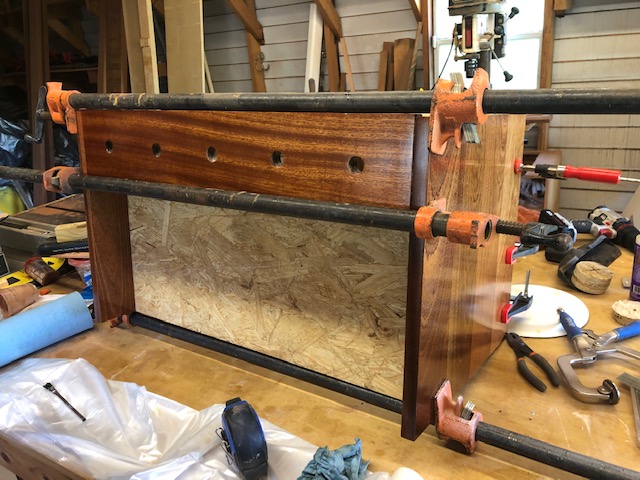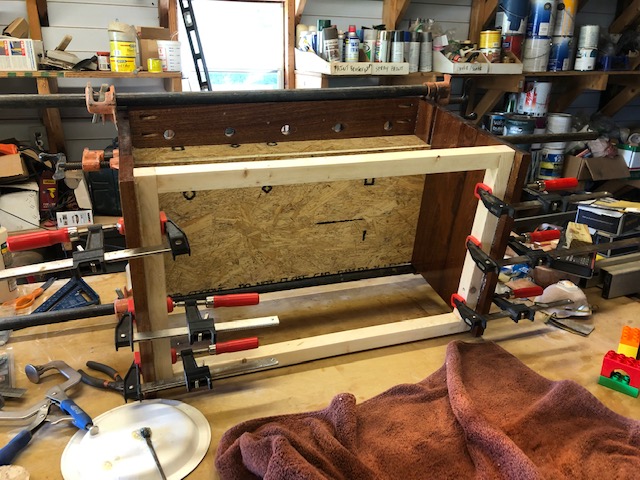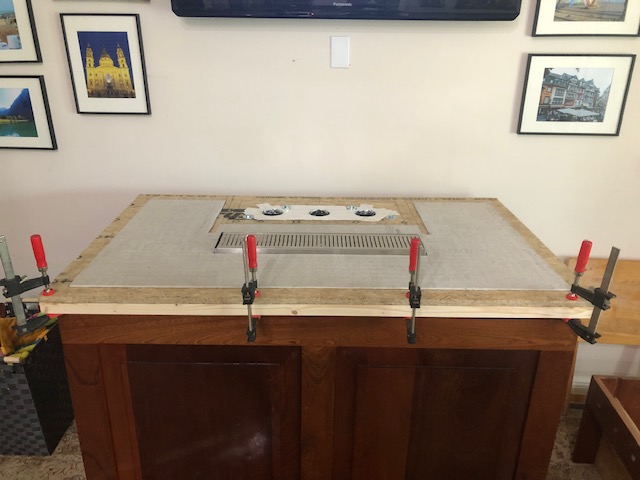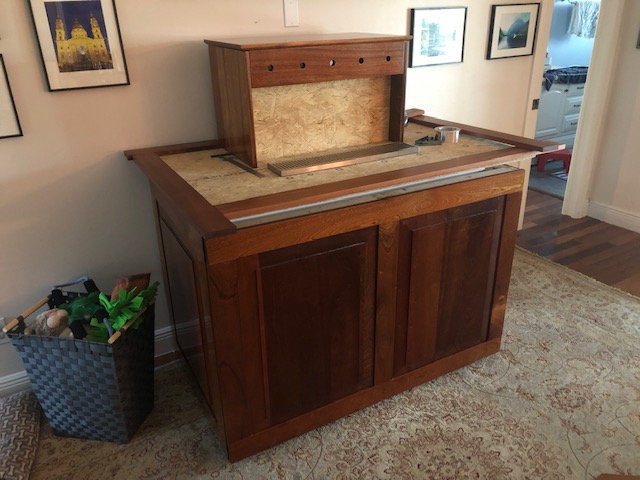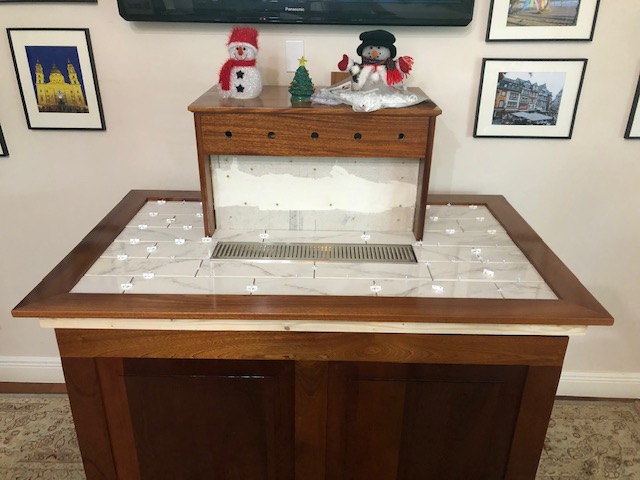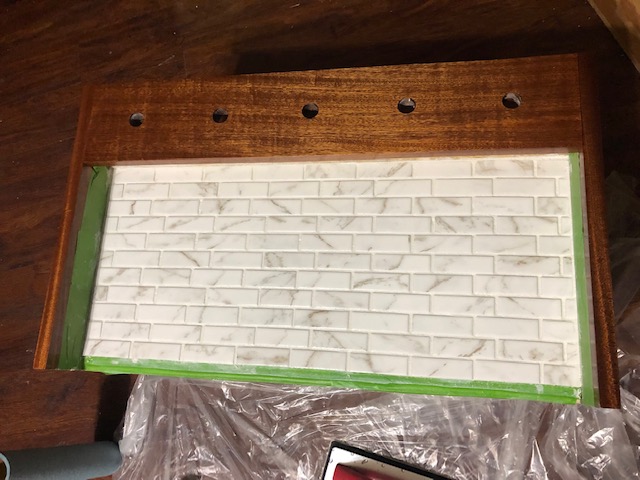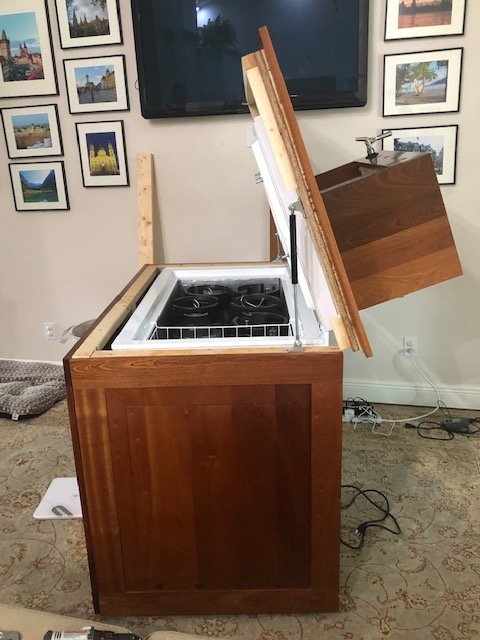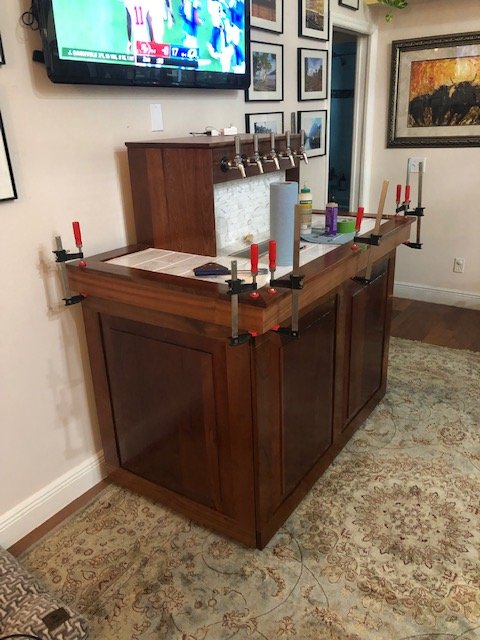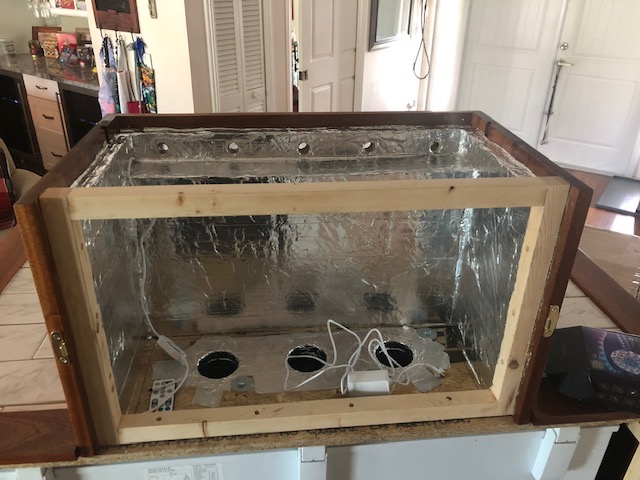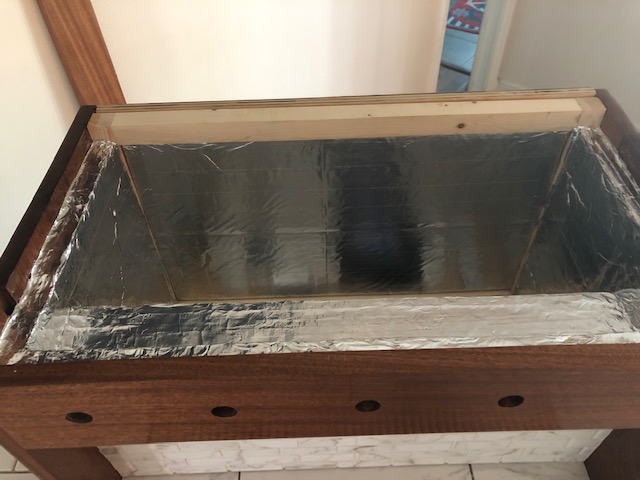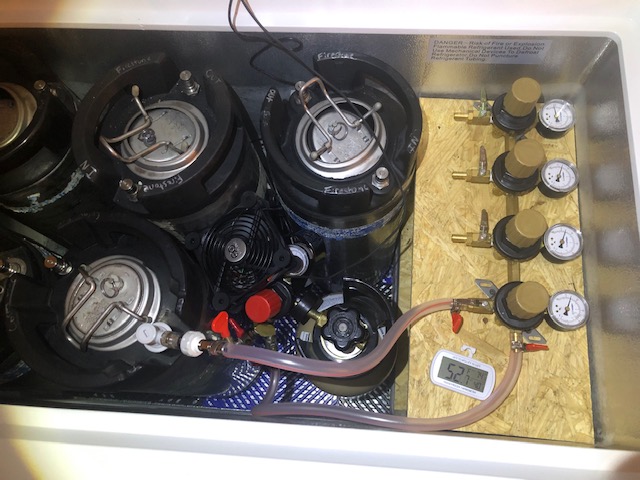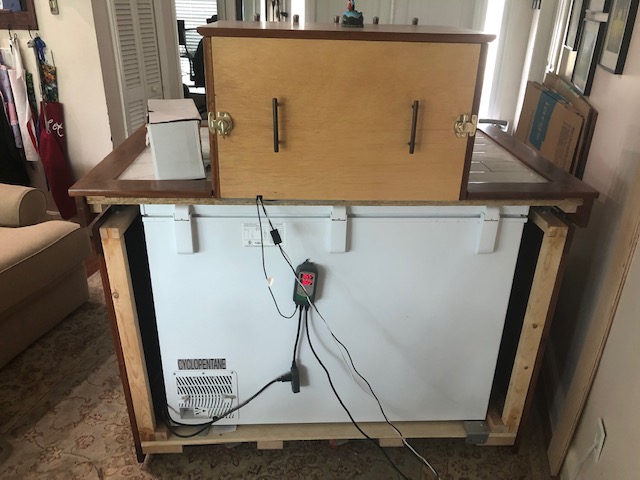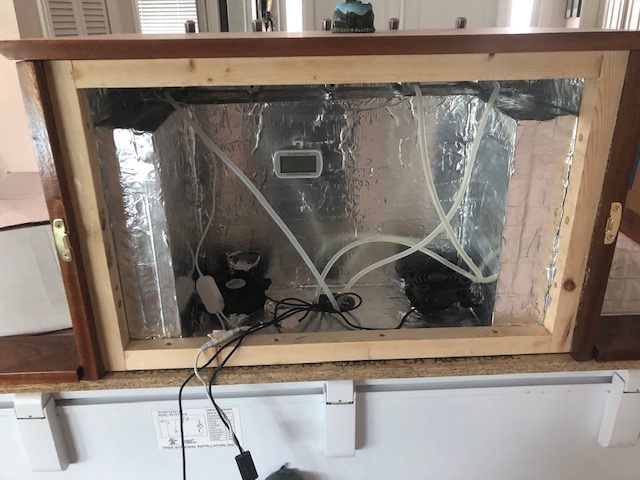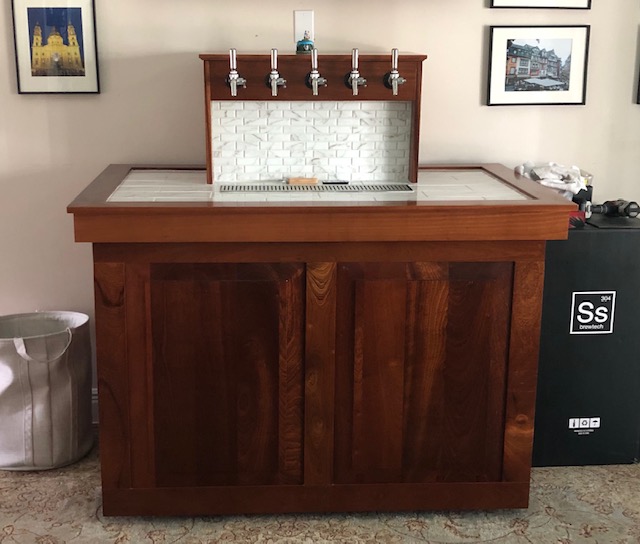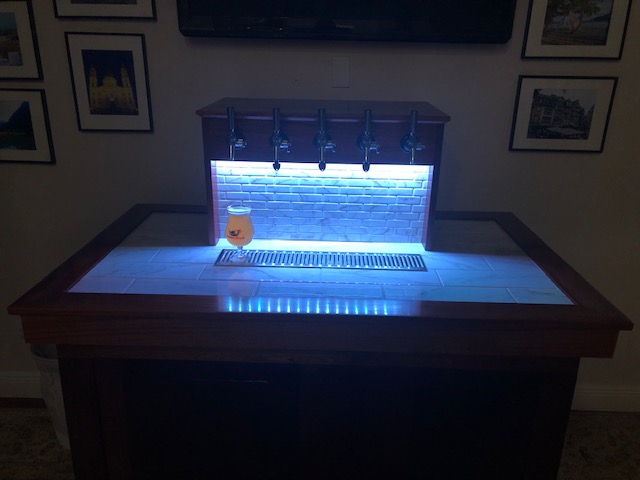Wort_Cleaver
Well-Known Member
A while back I bought a bunch of rough cut Sapele boards to build a nice wine chiller credenza for my wife. As I got into that project, I just couldn't seem to keep the panels from cupping in my warm and humid workshop. So that project was scrapped. I had long been wanting to build a nice keezer but never had the time with other projects getting in the way. But now I needed an excuse to use up all that expensive hardwood, so the Sapele Keezer project was born. I have a busy life with three young children, so this has been more than 2 years in the making, a few hours here and there. I tried to take pictures along the way to document the progress, mostly so that I could give back to the HomebrewTalk community, because I definitely borrowed heavily from other projects posted on here while designing and building my own. If anyone else out there is looking to build something similar, feel free to ask any questions and I'll do my best to answer.
The before and after.
This is what $1,000+ worth of 8/4 Sapele boards look like. I live in South Florida, so sourcing hardwood is not easy. I had to special order this and then drive 2 hours both ways to pick it up. After milling it I found out that the majority of the boards were flat sawn, so it gave a much different grain pattern than the typical ribbon stripes that you see on most Sapele pieces. There was a lot of variation in grain pattern and board color, and I really cared more about arranging them based on fit and working around defects than any attempt at grain/color matching. Had to work with what I was given and I am by no means a professional woodworker.


I will follow this up with several more posts to describe the build process in more detail.
The before and after.
This is what $1,000+ worth of 8/4 Sapele boards look like. I live in South Florida, so sourcing hardwood is not easy. I had to special order this and then drive 2 hours both ways to pick it up. After milling it I found out that the majority of the boards were flat sawn, so it gave a much different grain pattern than the typical ribbon stripes that you see on most Sapele pieces. There was a lot of variation in grain pattern and board color, and I really cared more about arranging them based on fit and working around defects than any attempt at grain/color matching. Had to work with what I was given and I am by no means a professional woodworker.


I will follow this up with several more posts to describe the build process in more detail.


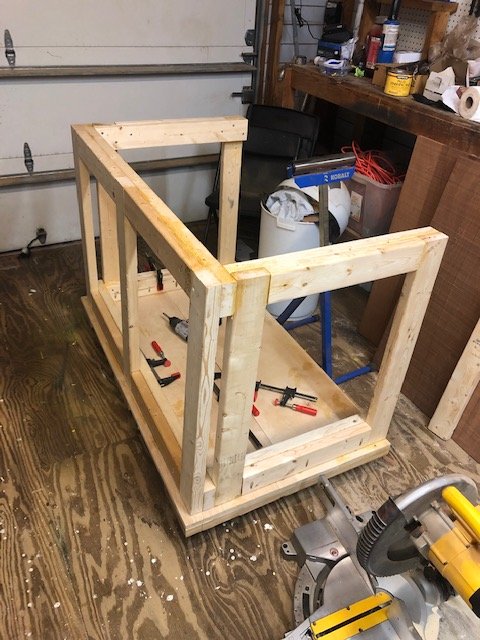
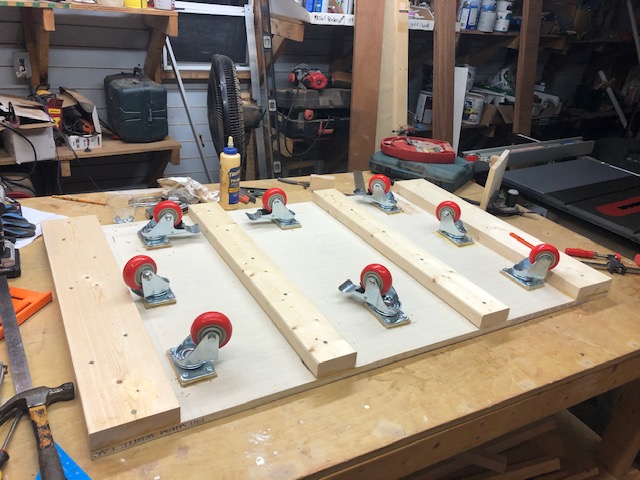

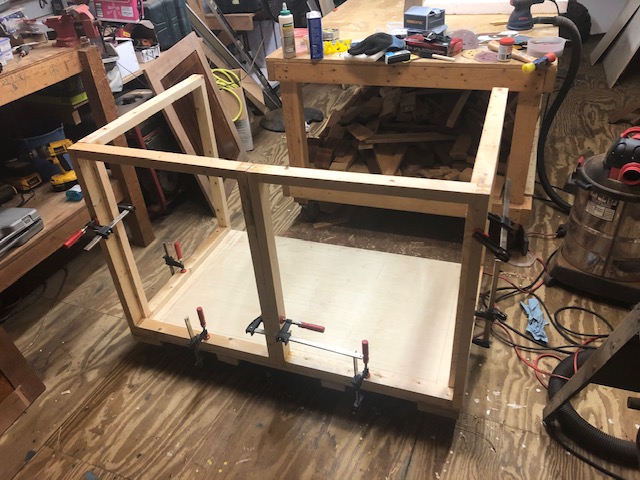
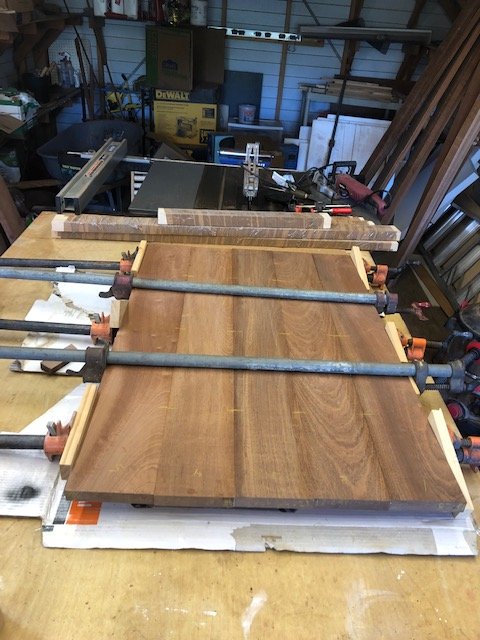
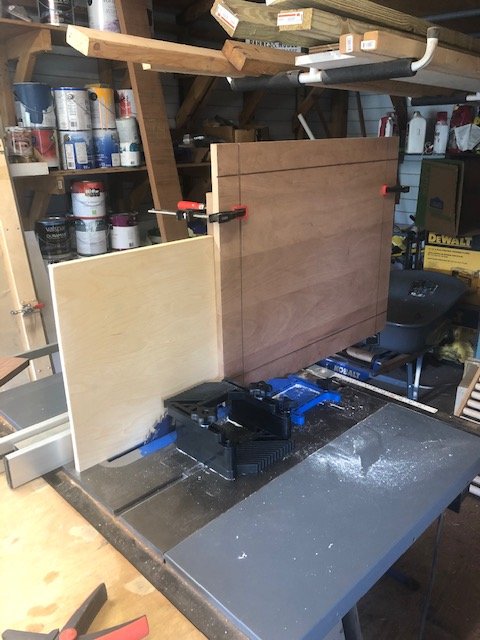
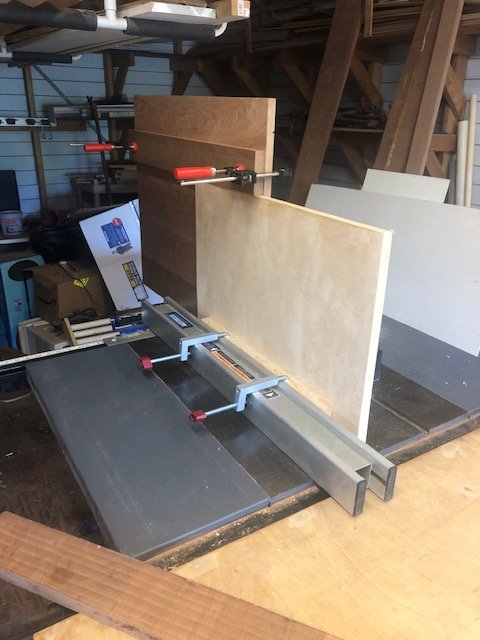

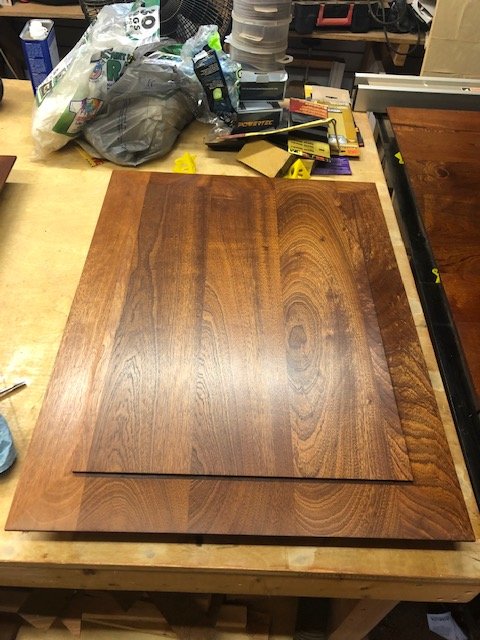
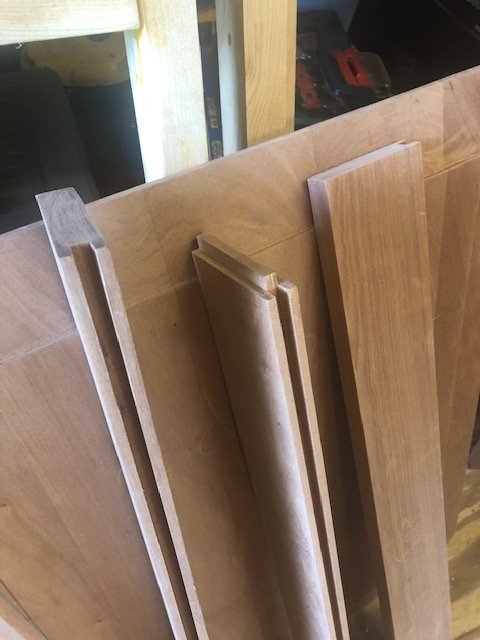
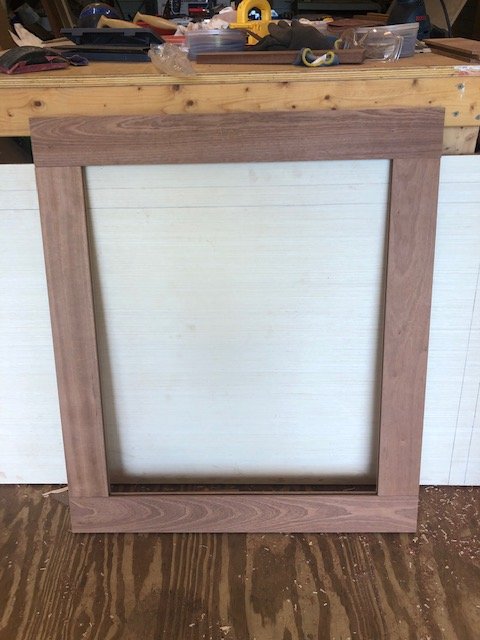
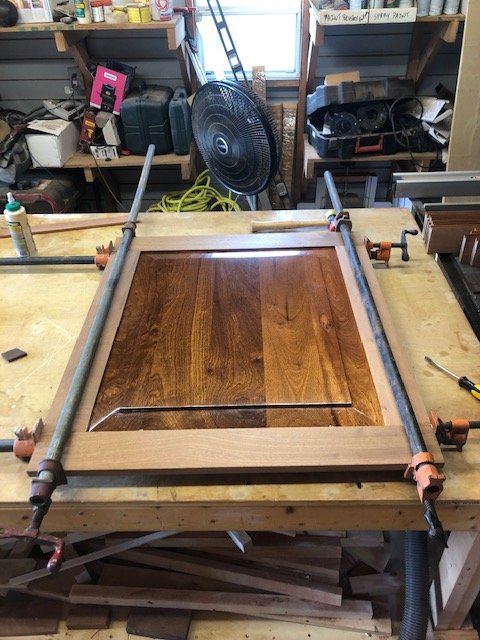
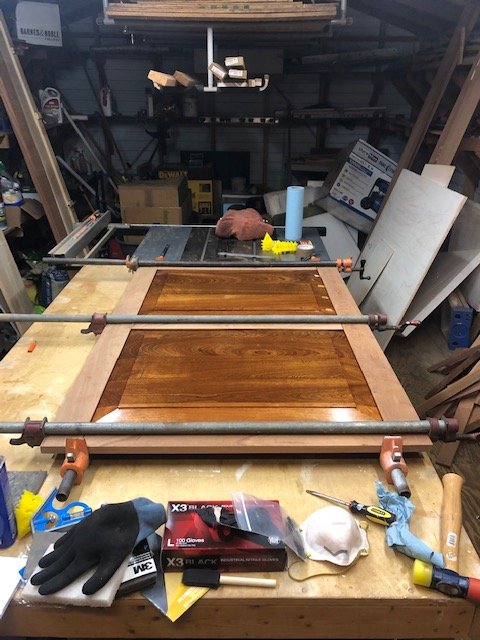
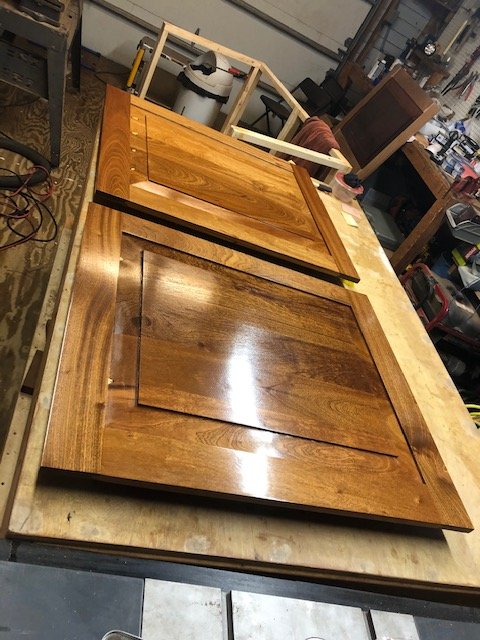
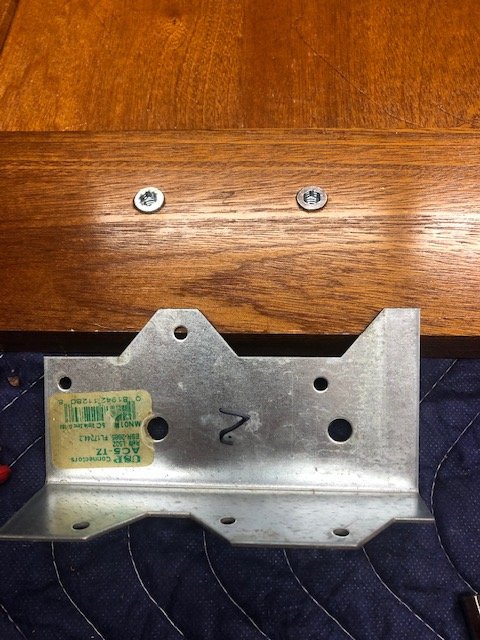
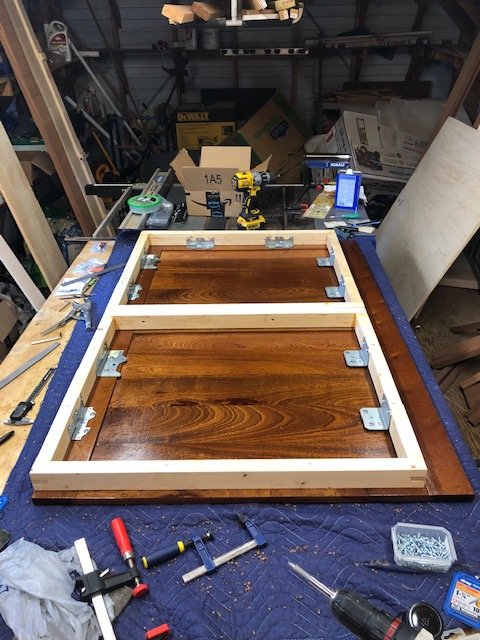
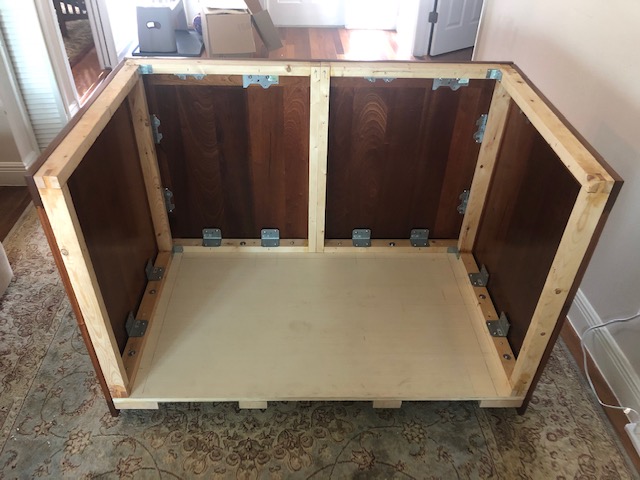
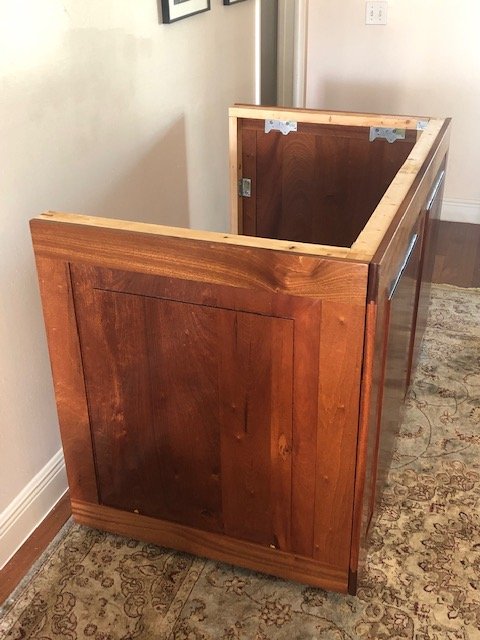
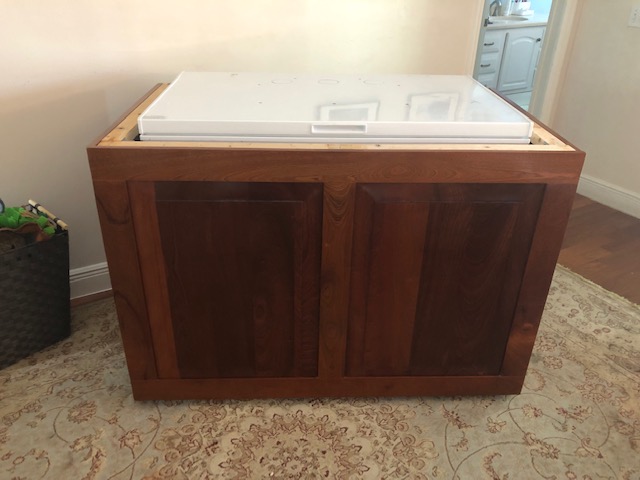
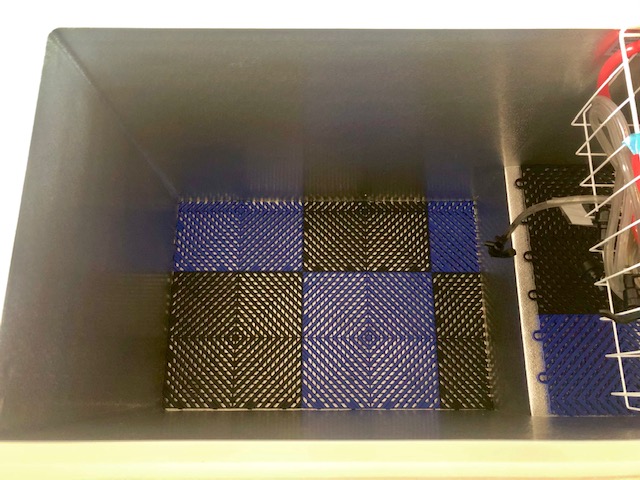



































![Craft A Brew - Safale BE-256 Yeast - Fermentis - Belgian Ale Dry Yeast - For Belgian & Strong Ales - Ingredients for Home Brewing - Beer Making Supplies - [3 Pack]](https://m.media-amazon.com/images/I/51bcKEwQmWL._SL500_.jpg)



















